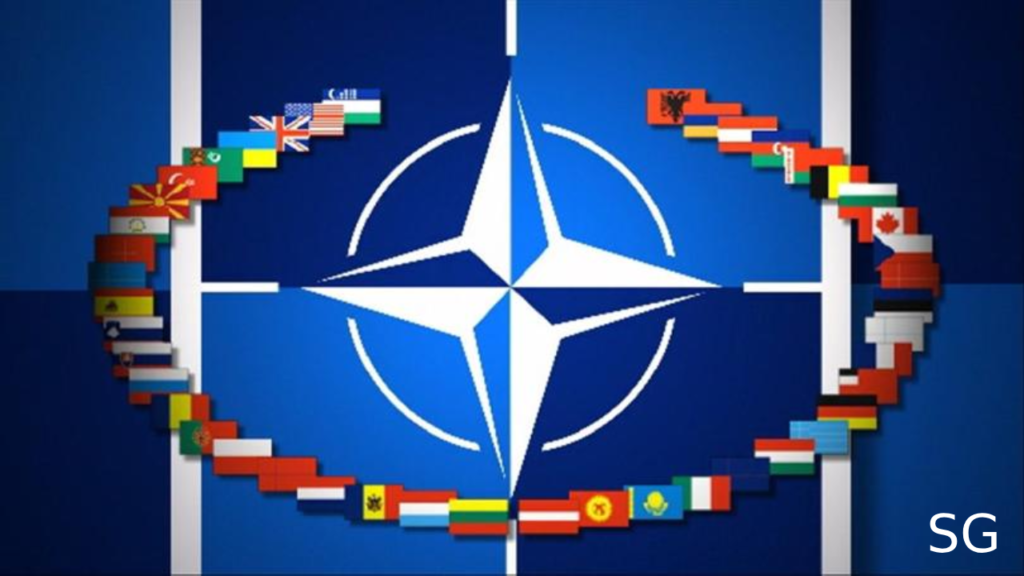Table of Contents

NATO Weighs Higher Defense Spending Goals Amid Global Tensions
Trump’s Proposal for 5% Defense Spending
Donald Trump has proposed that NATO members increase defense spending to 5% of their GDP, a sharp rise from the current 2% target. NATO officials and analysts, however, view this figure as unrealistic and economically challenging for most member nations.
Likely Shift to 3% Target
While the 5% proposal is unlikely to gain traction, NATO members are expected to consider a new target, potentially around 3% of GDP. A decision may be reached during the NATO summit in The Hague in June.
Current Defense Spending Levels
- NATO’s total defense spending in 2024 is estimated at $1.474 trillion, with the United States contributing the largest share at $968 billion.
- Poland (4.12% of GDP) and Estonia (3.43%) lead in defense spending among NATO countries, while several others, like Italy (1.5%), fall short of the current 2% target.
- The overall NATO average stands at approximately 2.71% of GDP.
Challenges to Meeting Higher Targets
- Increasing defense budgets to even 3% of GDP would require substantial financial resources, which may be politically unpopular in some countries.
- Defense spending typically takes years to translate into capabilities, complicating the push for rapid increases.
- Tight public finances in many European countries add to the difficulty of achieving higher targets.
European Push for Greater Self-Reliance
In response to security challenges, European nations are emphasizing the need for greater self-reliance in defense.
- France and the Baltic states advocate for joint EU borrowing to fund defense investments, though Germany has resisted this idea.
- Key priorities include developing capabilities like air-to-air refueling, heavy-duty air transport, and electronic warfare, which are currently reliant on U.S. support.
The Path Forward
NATO members face a balancing act: increasing defense spending to address growing security threats while managing economic and political constraints. While a shift toward a higher target is expected, the exact figure remains uncertain as negotiations continue.